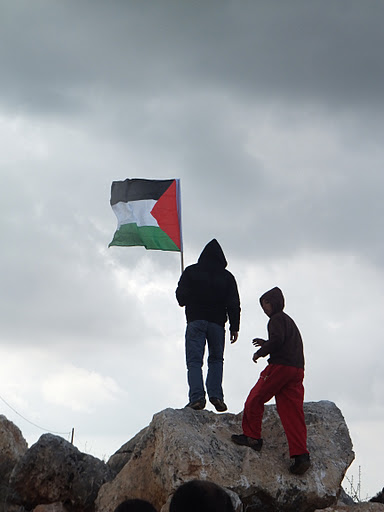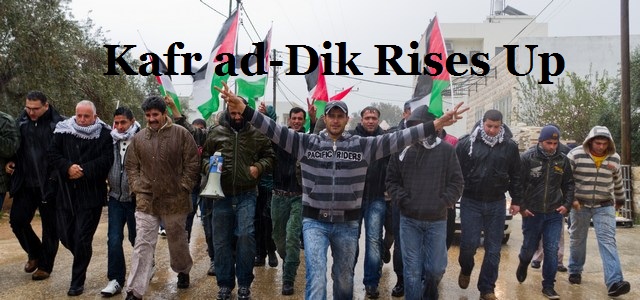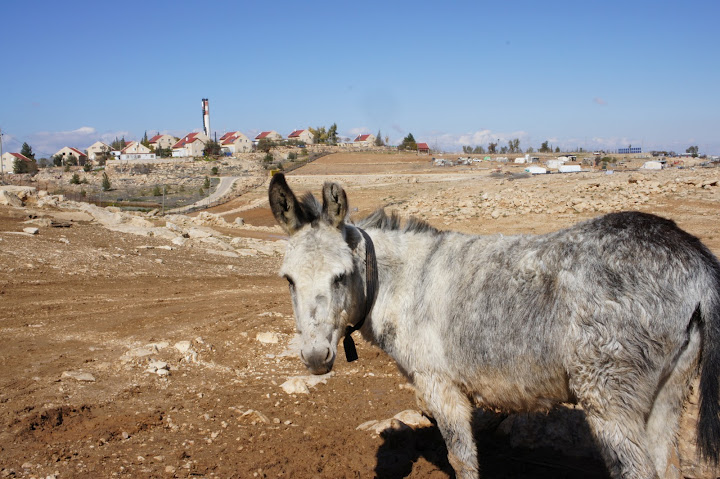Tag: Settlers
-
“We die a little bit inside us each time”: 2 more homes demolished in Bedouin village of Umm Al Kheer
by Tom 26 January 2012 | International Solidarity Movement, West Bank Israel demolished the homes of two families in the Bedouin village of Um Al-Kheer in the South Hebron Hills last week, on Wednesday January 25th. The demolition team arrived with a bulldozer at 9:00 in the morning together Israeli soldiers and police. Villagers reported…



